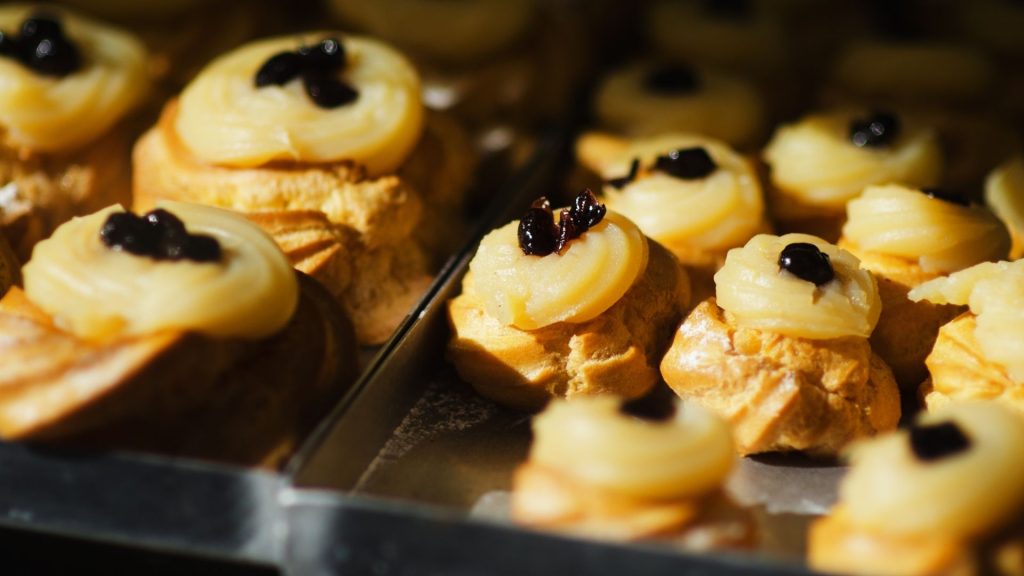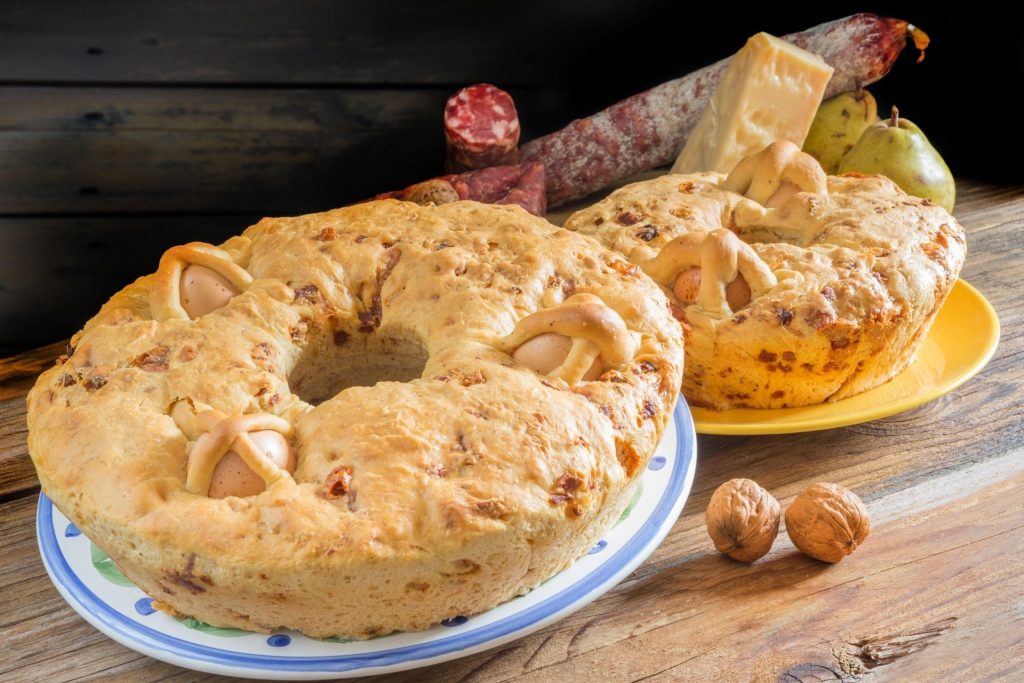Between October 31 and November 2, traditions and festivals related to the worship of the dead take place around the world, among which we have the famous Halloween night, a holiday mistakenly believed to be of U.S. origin.
In Italy, the In Italy, November 1 is celebrated on “All Saints’ Day,” which precedes that of the dead (“Day of the Dead”), November 2.
All Saints’ Day was officially established by the Church in the year 840, under Gregory IV, in continuity with the pagan festival of Samhain, the Celtic New Year, and the Roman festival of Parentalia.
The holiday, particularly felt by Irish immigrants, was spread with particular success to the United States from where it entered the international public imagination, with decorations made from pumpkin, a seasonal vegetable, and treats to be given to children made up as monstrous creatures.
In central and southern Italy, too, there are many traditions concerning the feast of the dead.
In Abruzzo, in addition to the set dining table, people still leave as many lit candles in the window as there are dear souls. But at one time it was also traditional to hollow out and carve pumpkins and insert a candle inside and use them as lanterns, just like on Halloween.
In many areas the tradition was to keep a deceased person company on the Day of the Dead by eating a meal near their grave.
The Stocking of the Dead
Even in southern Italy, and particularly in the Gargano region, the night between November 1 and 2 takes on a special significance, with traditions always related to children and sweets.
In fact, the custom of the “Calza dei Morti” still survives, which has many similarities with the feast of the Befana, which is supplanting this tradition of the “cavzett de l’anème’i mùrte.”
On this holiday the souls of the dead return to visit their loved ones and leave gifts for children in a stocking. In ancient times, the stocking was filled with seasonal fruits such as pomegranates, walnuts, almonds, chestnuts, dried figs, and tangerines for nicer babies; today, fruit has given way to sweets in contemporary times.
In Sicily on November 2 if the little ones have been good, they will receive gifts from the dead that they find in the morning under their beds: these are games but mostly sweets, such as “i pupi di zuccaro” (sugar dolls).
The Grain of the Dead, Cocce Priatorje, Demeter and the cycle of nature.
Another custom associated with these holidays is the “grano dei morti,” a sweet dish typical of the province of Foggia, called “Cice cuòtte” (cooked wheat) in dialect.
This recipe has as its bases boiled wheat and pomegranate has a strong symbolic value of rebirth connected to the cult of the wheat goddess Demeter (Ceres for the Romans), probably also present in Vieste in ancient times on which the Christian cult of the Madonna was grafted later.
This dish was left as a tribute to the souls of the dead for good luck.
According to pagan tradition, Persephone, daughter of Demeter, was abducted by Hades/Pluto and could not return from the underworld realm for eating pomegranate grains: one who eats while in the realm of the dead can never return to the realm of the living. Demeter, despairing at losing her daughter, stopped growing grain, causing the earth to fall into a long unproductive winter. Seeing that Persephone had eaten only six kernels of Pomegranate Zeus decided that the maiden would spend six months in the realm of the dead and six in the realm of the living, during which time her mother Demeter, happy to have her daughter by her side, would make nature flourish again and wheat fields sprout.
Other villages in the area also have traditions related to the cult of the dead: in Orsara di Puglia, in the province of Foggia, November 1 is the night of “Fucacoste e Cocce Priatorje.” During this event tables are set up outside the houses food is shared in the village lit by bonfires and candles made from pumpkins carved in a way to represent “the heads of souls in purgatory.”
It is believed that the souls of the departed, returning among the living, visit relatives and return to earthly abodes, warm themselves and continue their wanderings throughout the night. The lit pumpkin would point the deceased to the house where they had lived. In honor of the deceased, poor but symbolic foods are consumed.
Fava beans and pumpkin, autumn flavors

The pumpkin is also used in cooking, with the typical autumn dish of “Févè e chècozz” served on a bed of bread throughout the Gargano.
The main ingredients are pumpkin and fava beans, a base of extra virgin olive oil and the bread on which our dish will be laid.
To flavor excellent cherry tomatoes, black olives and possibly also pork chunks.
The procedure is very simple and involves boiling the broad beans (if dry they must have been soaked for a few hours in plenty of cold water, as is usual with other legumes). To enhance the flavor, a few bay leaves can be added.
Traditions that travel through time
All these traditions share a strong symbolic component: an exchange of gifts between the realms of the living and the dead that has to do with the end of the natural agricultural cycle and the approach of winter.
At this juncture, the children, who symbolize new life, and the soul of the ancestors that relives through them in an endless cycle that continues between generations, exactly like a very ancient tradition that evolves by adapting and passing on through places and across time, assume particular prominence.
Although at a more superficial glance it may seem to be just a consumerist holiday, Halloween, too, in a way, is part of the cultural heritage of southern Italy.



